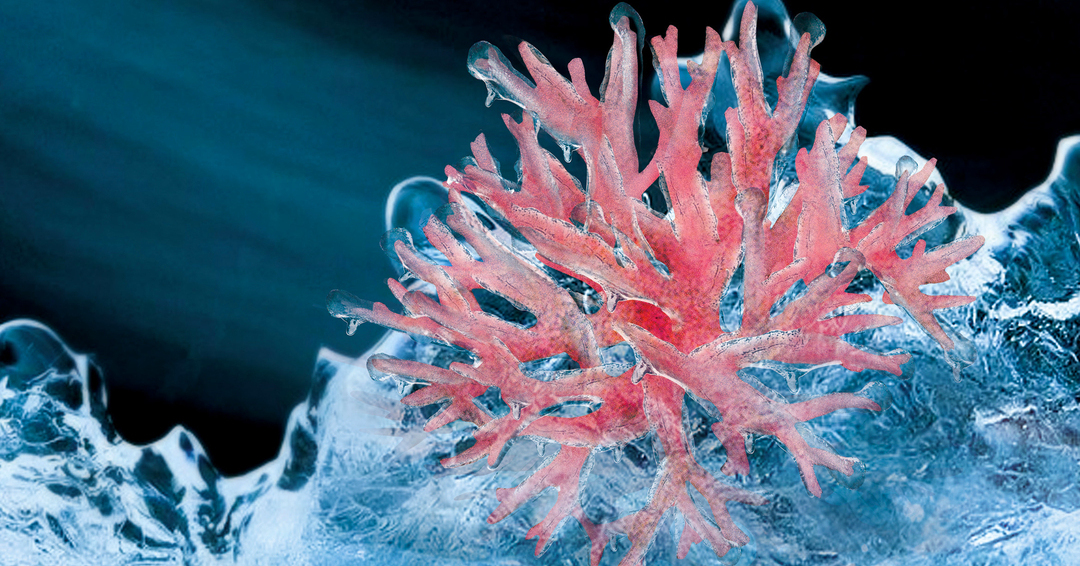Project title: Coral conservation capacity development in the Coral Triangle: a cryorepository network for coral larvae
Project lead: Prof. Chiahsin Lin
Co-applicants: Dr. Preeyanuch Thongpoo, Prof. Gino Limmon, Dr. Jennie Lee, Dr. Maria Vanessa Baria-Rodriguez
Countries involved: Indonesia, Malaysia, Philippines, Taiwan, Thailand
Takes place: Southern Taiwan; Maluku, Indonesia; Philippines; Malaysia; Thailand
Supporting institutions: National Dong Hwa University (Taiwan), Phuket Rajabhat University (Thailand), Pattimura University (Indonesia), University Malaysia Terengganu (Malaysia), University of the Philippines Diliman (Philippines)
Total budget: USD $954,866
Duration: November 2024 – October 2027
Background
Coral reefs globally are facing severe threats due to climate change, including thermal stress, hurricanes, and human activities such as pollution and overfishing. This has led to a significant decline in coral populations over the past fifty years. To combat these challenges, scientists are increasingly turning to cryopreservation, a process where biological material is cooled to very low temperatures, allowing it to remain alive but inactive until it is needed again.
Cryopreservation has shown promise for conserving coral species by creating cryobanks of coral cells, tissues, larvae, sperm, and endosymbionts. Larvae, particularly those that bear symbionts, are considered ideal candidates for cryobanking due to their resilience and capacity to develop into mature corals post-thawing. This project aims to build upon existing cryopreservation efforts to create a network of cryorepositories in the Coral Triangle, focusing on preserving the larvae of key coral species from this biodiversity hotspot.
Project Overview
This project will establish the first-ever cryorepository network for coral larvae in the Coral Triangle region, including Thailand, Malaysia, Indonesia, and the Philippines. Using innovative vitrification and laser warming techniques, the project will freeze coral larvae and develop cryobanks in each country, prioritizing the biopreservation of symbiont-bearing larvae. This approach will not only protect important coral species from extinction but also provide a method for conserving biological material from thermos-tolerant corals, which could be critical for future reef restoration efforts in the face of climate change.
Specific Objectives
- Establish Cryorepositories in Key Countries:
- Set up cryorepositories for coral larvae in Thailand, Malaysia, Indonesia, and the Philippines.
- Develop Advanced Cryopreservation Tools:
- Design and implement a fourth-generation laser-striking auxiliary device and cryojig to enhance the cryopreservation process.
How the Objectives Will Be Met
- Establishing Cryorepositories:
- Optimize Protocols: Develop and refine protocols for the collection, handling, rearing, short-term storage, and transportation of coral larvae, ensuring their viability for cryopreservation.
- Larval Collection and Processing: Collect target coral species’ larvae, process them for DNA identification, and prepare them for cryobanking in each participating country.
- Data Management: Create an electronic archive and standardized data collection procedures for all cryopreserved material, linking them to national and international cryorepository databases for species identification.
- Storage Facilities: Establish dedicated storage facilities for voucher specimens in each country to ensure the long-term preservation of coral larvae.
- Developing Advanced Tools and Techniques:
- Cryojig and Laser-Striking Device: Design and deploy a fourth-generation cryojig and laser-striking auxiliary device to improve the efficiency and effectiveness of the cryopreservation process.
- Field Trials for Restoration: Conduct trials to compare coral reef restoration outcomes using non-cryopreserved larvae, coral colonies from non-cryopreserved larvae, and thawed larvae from the cryorepositories.
- Training and Capacity Building:
- Training Programs: Provide annual training in cryobanking and cryopreservation techniques for students and faculty in each country, building local expertise and capacity in coral conservation.
Impact of the Project
The project aims to achieve several impactful outcomes:
- First Cryorepository Network: Establish the first cryorepository network for coral larvae in the Coral Triangle, creating a hub in each participating country.
- New Protocols and Technologies: Develop new protocols and cryopreservation devices that could be used by other researchers and practitioners in coral conservation worldwide.
- Support Coral Restoration Efforts: Actively contribute to coral restoration by outplanting corals and coral larvae preserved in the cryorepositories, helping to rebuild resilient reef ecosystems.
Major Highlights
- Pioneering Cryorepository Network: Establish the first-ever cryorepository and network for coral larvae in the Coral Triangle, covering Thailand, Malaysia, Indonesia, and the Philippines.
- Innovative Cryopreservation Techniques: Utilize cutting-edge vitrification and laser warming techniques to preserve coral larvae, setting a new standard for coral conservation practices.
- Enhanced Restoration Capabilities: Provide a robust method for preserving and restoring coral species, supporting the long-term resilience of coral reefs in the face of climate change.
In 2025:
✅ Established cryobanking labs in the Philippines, Malaysia, Indonesia, and Thailand
✅ Cryopreserved coral larvae and Symbiodiniaceae for future restoration
✅ Trained 124+ researchers in larval banking and reef monitoring
Photo credits: frozen coral by Prof. Chiahsin Lin

